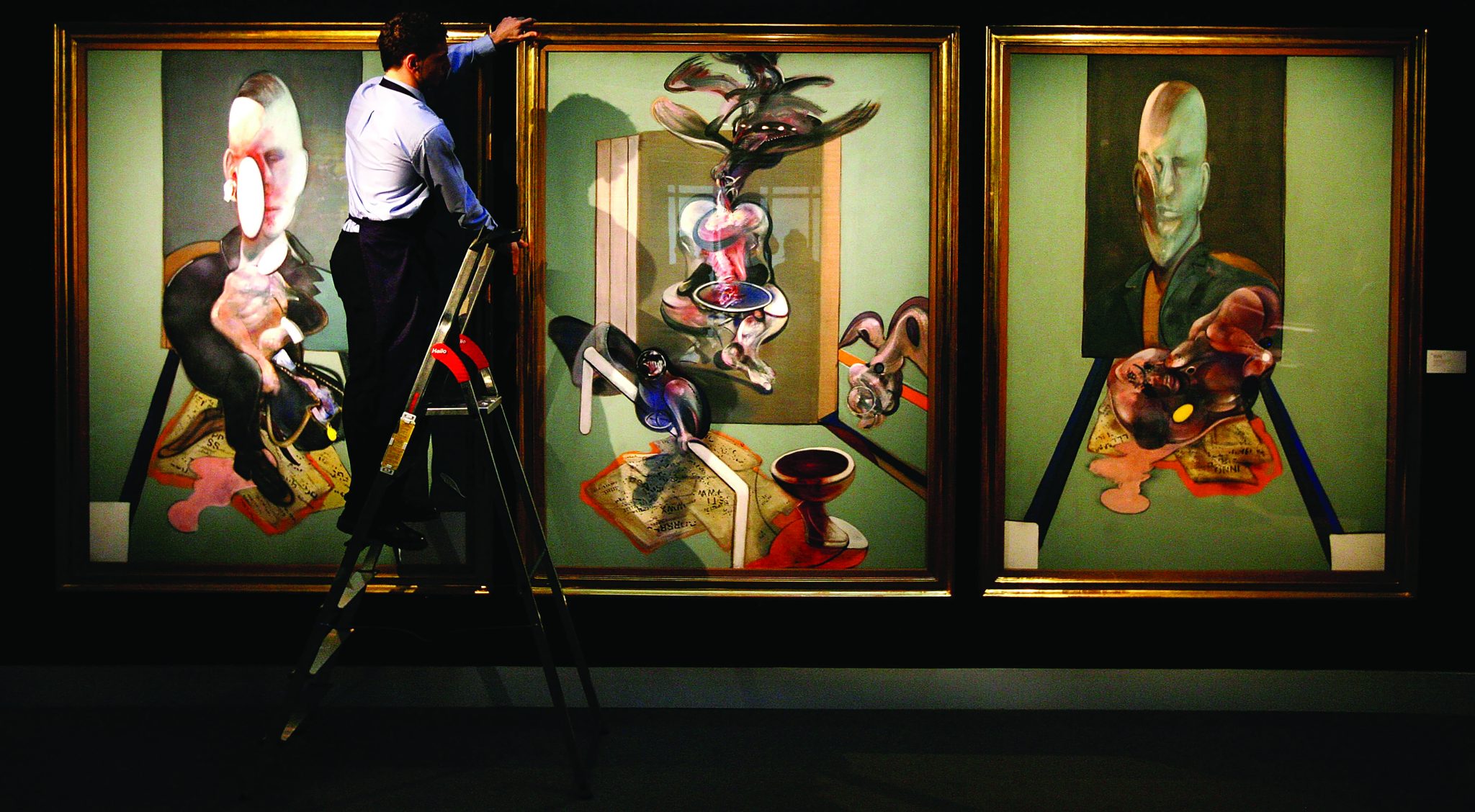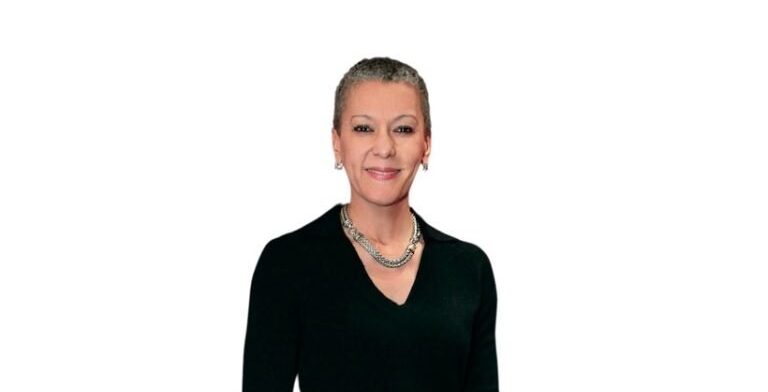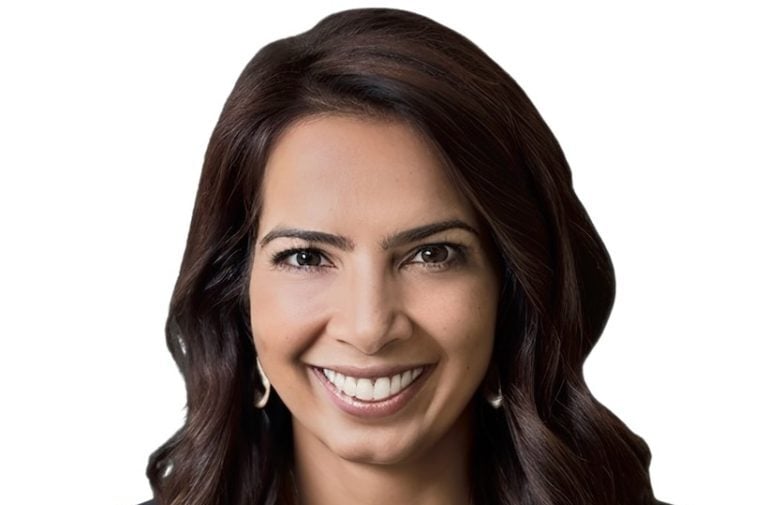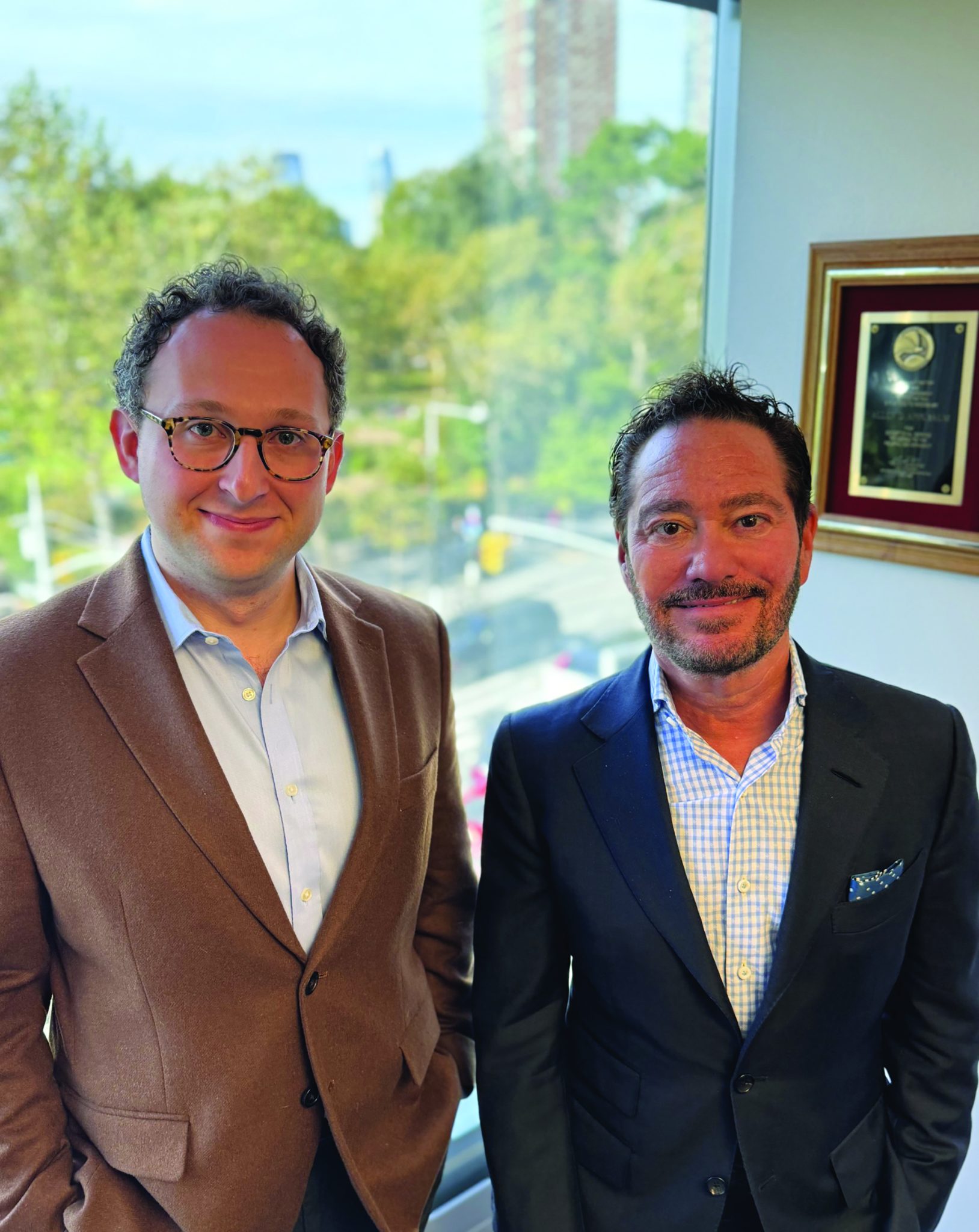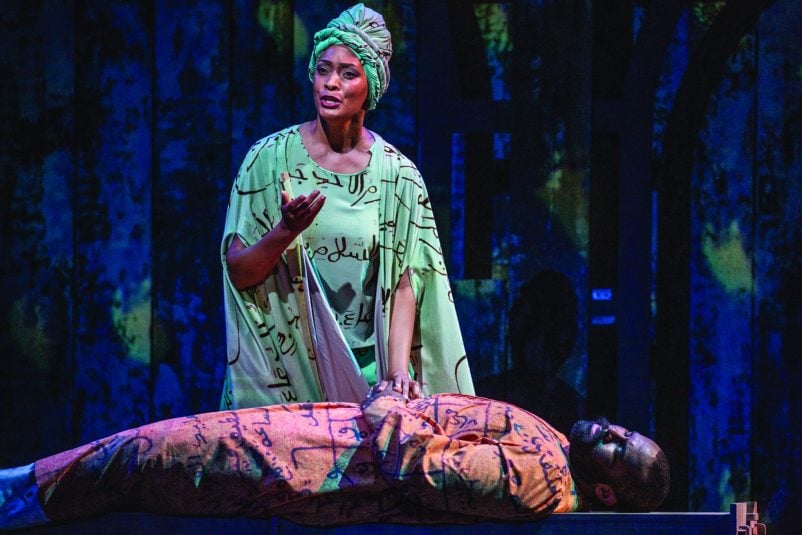There are more ways to get in trouble buying and selling art and antiquities today than ever before. Buyers who fail to do their due diligence may face financial, legal, and reputational damage no matter their intentions. Take the case of Shelby White, a trustee of the Metropolitan Museum of Art whose name hangs on the Greek and Roman galleries. In August 2023, the Manhattan District Attorney announced the return of 42 antiquities to Italy at the conclusion of their investigation into stolen antiquities in her collection.
In a statement to reporters, White’s lawyer said that their client “acquired objects, in good faith, at public auction and from dealers [she] believed to be reputable.” But that did not stop the Manhattan DA from seizing 89 antiquities from 10 countries with a combined value of $69M from White’s home. At the very least, it is a lesson for every collector that relying on advice of so-called “trusted intermediaries,” with an incentive to make a sale, may no longer be enough to safeguard your investment.

White’s case is one of many investigated by the Manhattan DA’s Antiquities Trafficking Unit, formed in 2017 in part as a response to ISIS’s use of looted artifacts to fund terrorism. Throughout the 2000s, law enforcement agencies such as the FBI primarily investigated antiquities smuggling as a violation of the National Stolen Property Act, which makes it illegal to transport looted antiquities across state lines. New York State added a provision in 2014 that presumes art and antiquities dealers conducting transactions in New York know that an object was stolen unless they make a “reasonable inquiry” into the true ownership of the object.
The Manhattan DA has referenced this law to seize pieces, raid museums, and arrest dealers over the last five years. The reach extends beyond New York’s borders. In October 2023, the Manhattan DA attempted to seize from the Cleveland Museum of Art an antique statue with disputed provenance valued at $20M. The Manhattan DA had jurisdiction because the museum had purchased it from a New York gallery in 1986, highlighting how consequential New York law and law enforcement are to the global art market.
A savvy investor conducts thorough due diligence before committing significant capital to a real estate transaction, a merger or acquisition, or any other business venture. Why, then, is art any different?
It’s Not the First Time This Has Happened
While enforcement has ramped up over the last year, the art market’s opacity has long been a focal point for policy makers and law enforcement.
“Since the 1990s, the U.S. government has been using the asset forfeiture laws to seize and return stolen and looted art and antiquities, even from an innocent third party who made an unknowing purchase,” notes Sharon Cohen Levin, a partner at Sullivan & Cromwell and the former chief of the Money Laundering & Asset Forfeiture Unit at the U.S. Attorney’s Office for the Southern District of New York.

However, as U.S. sanctions have become a tool of “first resort” to address varying national security, foreign policy, and economic issues, we are likely slated to see the ripple effect of such policy in the art market and a renewed responsibility for collectors and their intermediaries.
“Under current U.S. sanctions, art and antiquities acquired from a sanctioned person can be seized and forfeited, and a purchase through an intermediary may not be a valid defense,” says Cohen Levin. “In this landscape, the need for due diligence in the art market is greater than ever.”
Navigating a Maze of Requirements
The complexity of the newer rules that govern antiquities and art transactions go beyond the traditional remit of art consultants and experts. The techniques and tools required to lift the corporate veil on shell corporations and vet sellers, dealers, and intermediaries are more familiar to professional asset tracers with financial forensics and law enforcement backgrounds than to art provenance investigators with art history and research backgrounds.
Our careers may provide context. A former federal prosecutor and deputy chief of the Criminal Division at the U.S. Attorney’s Office for the Southern District of New York, Allen has led numerous multinational asset tracing and recovery cases where the alleged perpetrators use art and antiquities to evade sanctions and conceal proceeds of crimes. Naphtali is a corporate intelligence and investigations professional who advises private clients, foundations, and cultural institutions on some of their most complicated issues of art provenance, acquisition diligence, and disputes. Suffice it to say: We’re following this space closely.
“A savvy investor conducts thorough due diligence before committing significant capital to any other acquisition. Why is art any different?“
Since Russia’s February 2022 invasion of Ukraine, the U.S. and its partners have ramped up enforcement against Russian oligarchs and their intermediaries attempting to evade sanctions in the art market. The U.S. Department of Justice (DOJ) and other agencies have formed the KleptoCapture Taskforce, which has “seized, forfeited, or otherwise restrained” over $500 million in assets belonging to Russian oligarchs and their supporters and enablers. The Office of Foreign Assets Control’s (OFAC) “50 Percent Rule” states that property that is at least 50% owned by a blocked individual or entity is itself considered blocked. Pleading ignorance will not be enough to prevent U.S. authorities from seizing the asset.
We were not shocked to learn that leaked documents from Cyprus identified sanctioned oligarch Roman Abramovich as the ultimate beneficial owner of almost $1 billion worth of Picassos, Monets, Bacons, and Freuds. As is often the case, the artwork was acquired through a consultant on behalf of several shell corporations registered to friends or family of the sanctioned individual in friendly offshore jurisdictions. The art is then held in private residences or storage for years or decades and is again sold to private buyers through consultants and intermediaries, most of whom simply do not have the skills, mandate, or independence to verify the true ownership of these valuable assets.
Do Your Due Diligence
Securing an art investment against legal, financial, and reputational risk puts the onus on buyers to have a better understanding of recent anti-money laundering (AML) and sanctions regulations. Leading investment advisors prudently recommend that investors “do your own due diligence.” The time has definitely come to adopt that mindset with alternative investments like art.
Between 2018 and 2023, various new laws and regulations sought to further address money laundering, terrorist financing, and sanctions evasion via illicit antiquities. The U.S. AML Act of 2020 brings anyone involved in the purchase or sale of antiquities under the AML compliance regime, subject to the rules and regulations of a “financial institution.” The EU Fifth Money Laundering Directive of 2018 (adopted in 2020) and UK AML Guidelines (revised in February 2023) go further. Both say that “art market participants” who buy or sell more than 10,000 euros of art will be required to register with relevant authorities, “put in place anti money laundering processes, nominate a person responsible for AML compliance, train staff, report suspicions and keep records.”
The UK and EU directives are broader than current U.S. regulation, as they apply to all professional art market participants, including dealers, consultants, and galleries, and artworks from all eras—not just those involved in antiquities transactions. They also broadly apply to anyone buying art in the UK or EU, including advisors and intermediaries making purchases on behalf of overseas clients.
While we applaud the new regulation for attempting to make the $67.8 billion art market less hospitable to antiquities trafficking, sanctions violations, money laundering, and tax evasion, buyers would be best advised to consider the side effects of these new regulations.
It is perfectly legal and understandable to not want your neighbors and the press to know the details of your art collecting, whether for security purposes, social stature, or a host of personal preferences. However, some of the new regulations make that privacy harder to achieve.
Transacting through a reputable auction house that has a know your customer (KYC) process might be a good way to protect yourself while also maintaining your privacy. Through the Financial Crimes Enforcement Network (FinCEN), the U.S. Department of Treasury sets standards for KYC, many of which now apply to antiquities transactions per the U.S. AML Act of 2020. Buyers should increasingly expect dealers, auction houses, and even consultants to run their names and passports through at least a cursory background screening that includes, among other things, databases of sanctioned individuals. Beware of intermediaries who shirk even a modicum of buyer due diligence, because it means they are almost certainly avoiding asking tough questions of the sellers, ultimately exposing buyers to potential liability down the road.
Large institutional auction houses apply their version of KYC to all of their transactions, with Sotheby’s collecting personal information like passports and source of funds information. However, in February 2023, federal prosecutors in New York reportedly subpoenaed several established auction houses for years of records in an investigation of Russian oligarchs using art to launder money. So all of that private information is not guaranteed to stay private at the auction house.
Most art sales on the secondary market do not transact through the “big three” houses—Christies, Sotheby’s, and Phillips. Buying art from an individual, company, or dealer may help preserve some of the privacy that could be lost if you buy through a large auction house, but you are then on your own when it comes to due diligence.
Be aware that sanctioned oligarchs may attempt to raise cash by selling art through private intermediaries. Plundered art and antiquities often find their way onto the market after a war—the conflict in Ukraine could exacerbate such a situation. Art looted by the Nazis and ISIS is still being disputed and seized by authorities, indicating the long-term impact of such conflicts.
“Beware intermediaries who shirk buyer due diligence. They are almost certainly avoiding asking tough questions of the sellers.”
Art with a wartime connection is not the only risk: The New York Times recently investigated van Gogh’s “Still Life, Vase with Daisies and Poppies,” which went missing soon after being bought by a Chinese movie producer at Sotheby’s for $62 million in 2014. The painting is reportedly being offered for sale on the private market, but allegations that the painting’s true owner is a Chinese billionaire with hundreds of offshore companies and deep ties to the Chinese Communist Party (CCP) has made buyers think twice. Even if an individual is not sanctioned, some buyers may have qualms about transacting with the CCP, just as other investors avoid purchasing shares of companies that profit from oil or war.
Where The Art Market Goes From Here
Government regulation is finally having an impact, and buyers should do their own due diligence to avoid a problematic purchase and preserve the value of their investments.
When buying a work of art or a prized artifact, collectors traditionally have asked: Do I love this? Is it authentic? Will it appreciate? While those of course are all still valid questions to ask, buyers would now be prudent to add: Who is the ultimate seller? Are they, their family, or their companies sanctioned? Depending on my jurisdiction, do I have an obligation to screen for and report money laundering risk? And have I communicated adequately with authorities to satisfy their concerns?
As more geopolitical crises emerge, today’s art market might begin to echo the regime after Europe’s last great war, when governments and courts spent decades repossessing, repatriating, and returning art obtained and transacted by often willfully ignorant parties in the decades following WWII. Buyers should know that diligence is not just the right thing to do; it is also a prudent business decision.

